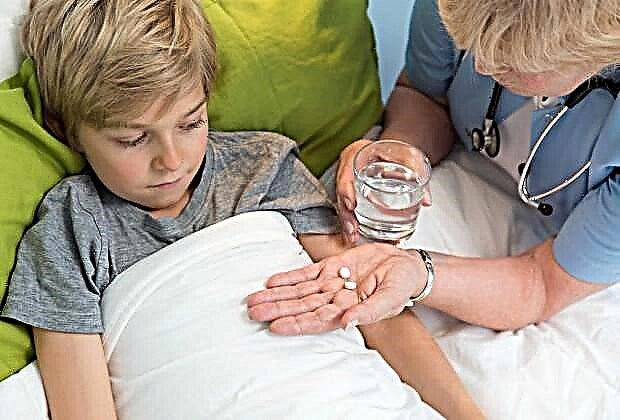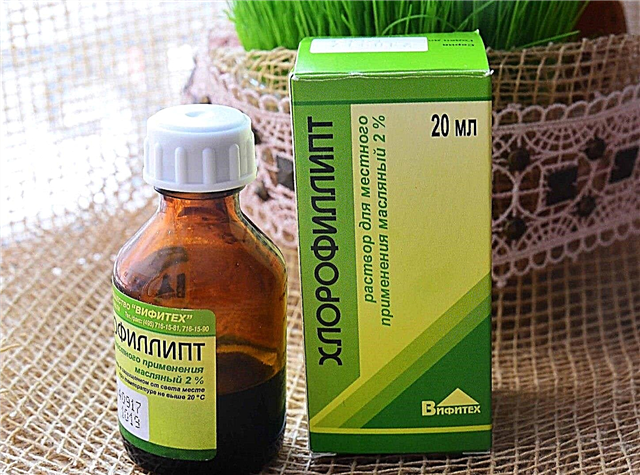
All parents face acute respiratory illness in children. The smaller the baby, the harder it is for him to endure a cough, pain in the throat and a runny nose. And it is quite natural that parents want to help their child as soon as possible.
One of the ways to treat colds and SARS is called inhalation. Are they effective for a runny nose and cough, what are they, with what devices can they be made and how exactly to carry out the treatment procedure?

Types of inhalers
The name "inhaler" refers to a large group of devices used for inhalation for therapeutic or prophylactic purposes. All inhalers, depending on the type of therapeutic action, are divided into steam and nebulizers.

In turn, nebulizers based on the nebulization mechanism are divided into:
- compressor (the drug is sprayed with a compressor);
- ultrasonic (medicines transform into an aerosol under the action of ultrasonic waves);
- mesh (a special membrane is involved in the formation of the aerosol).
Inhalation types
If we take into account the temperature of substances entering the child's respiratory system, then all inhalations can be divided into:
- Cold - medicines have room temperature (up to + 30 °) and are not heated.
- Hot - Medicines heat up and enter the respiratory tract as heated vapor.
Depending on the device used for inhalation, the procedures are divided into:
- Wet steam - they are carried out both using a container with boiling water, and using a steam inhaler. For such procedures, only those medicines are used that are not destroyed by heating. These are mainly salt, soda, medicinal herbs, and essential oils.
- Nebulizer - for such procedures you need a nebulizer. These procedures are considered more effective than steam procedures, since they allow the administration of many drugs, while depositing them in a specific part of the respiratory system. In addition, nebulizer inhalation is safer (no risk of burns).

Why are they effective?
The main positive effects of using inhalers for coughs and runny nose:
Inhaling water vapor from a steam inhaler, the child will more effectively cope with respiratory diseases, since this will improve the production and separation of mucus, increase blood flow in the capillaries and activate metabolic processes in the mucous membranes.
The action of the nebulizer is also aimed at converting drugs in liquid form into tiny particles that are evenly distributed throughout the child's airways. Depending on the size of these particles, inhalation will be a therapeutic procedure for different parts of the respiratory tract. Thanks to this type of inhaler, medicines will quickly enter the respiratory system and will act more effectively and longer.

Indications
Inhalation is recommended when a cough and / or a runny nose appears, if they are symptoms:
- ARVI;
- Acute and chronic bronchitis;
- Bronchial asthma;
- Rhinitis, laryngitis, tracheitis, pharyngitis, sinusitis and tonsillitis, which appeared as a result of exacerbation of a chronic illness or cold;
- The recovery period after pneumonia;
- Fungal diseases of the respiratory system;
- Cystic fibrosis;
- Tuberculosis.
For information on what diseases it is worth doing inhalations to a child, see the program of Dr. Komarovsky.
Contraindications
Inhalation is not carried out:
- in early childhood (babies under one year old);
- with otitis media;
- with bacterial tonsillitis;
- with an increase in body temperature of more than + 37 ° С;
- if blood or pus is found in sputum;
- with a tendency to bleeding from the nose;
- with intolerance to the drug used;
- in case of severe heart disease and severe respiratory failure.
In addition, it is important to know that it is forbidden to pour oil solutions into the nebulizer, since the ingress of suspended oil particles into the child's respiratory tract causes bronchial obstruction. The child develops pneumonia, which is very difficult to treat.

How to do the procedure?
Inhalation is carried out mainly in a sitting or standing position (only some models of the nebulizer can be used for a lying patient). If you use a steam inhaler, clean water or saline is used for the procedure. The temperature of the water heated for the procedure should be no more than + 60 ° C.
Using a nebulizer for inhalation, the drug is first dissolved in the required volume of saline, and then poured into the device chamber, not forgetting about the residual volume. In this case, the drug must always be fresh, and the saline solution must be sterile. It is necessary to fill the medicine into the nebulizer using a sterile syringe.
The average duration of inhalation is 5 to 10 minutes. After that, the child should rinse the face and mouth with clean water. It is recommended to drink and eat not earlier than half an hour after the procedure.

What medications are added to the inhaler and what solutions are effective?
When coughing and a runny nose for inhalation, the following substances are used:
In addition to these groups, a child with a cough may be prescribed inhalations based on antibiotics, enzymes or immunostimulants. In any case, the selection of drugs for inhalation should be carried out by a doctor. Independently, it is permissible for children to inhale only with the use of agents that moisturize the mucous membranes (water with salt, soda, mineral water).
What parameters should you pay attention to when choosing?
When choosing an inhaler for treating children from diseases of the respiratory system, first of all, decide on the type of device, since each of them has its own advantages. For a compressor nebulizer, this is a low price and ease of use, for an ultrasonic nebulizer - quiet operation and compactness, and a mesh device is considered the highest quality and most convenient.
At the same time, each has its own drawbacks, for example, the compressor apparatus is very noisy and cumbersome, the mesh nebulizer is very expensive, and some drugs are destroyed in ultrasound. A steam inhaler is cheaper, but it can only be used for simple illnesses and is not recommended for the treatment of preschoolers.

In addition, when choosing a nebulizer for a child, consider:
- the capacity of its reservoir (how much drug will fit into the device);
- device performance (how much aerosol is produced in one minute);
- residual volume (how much unused medicine remains).
So that the child is not afraid of the device, he can purchase a nebulizer in the form of a bright interesting toy. Such devices blink and make sounds, making the procedure look like a game.

E. Komarovsky's opinion
A well-known pediatrician emphasizes that inhalations are not the main means of treating coughs and runny nose, and if you do not water the baby and optimize the temperature and humidity in the room, then the effectiveness of inhalations will be very low. As for the choice of an inhaler, Komarovsky advises using a steam inhaler in case of damage to the upper respiratory tract.
If the child has diseases of the lower respiratory system, which are often serious diseases, the popular doctor notes that in this case it is worth using a nebulizer, but at the same time reminds that self-medication can be harmful. According to Komarovsky, a nebulizer should be purchased and used only after consulting a pediatrician.
Regarding steam inhalations, a well-known physician reminds that the main action of the procedure is to moisten the sputum and increase its coughing up. As a result, the volume of mucus increases, so inhalation can cause obstruction. If there is no dried mucus in the respiratory tract, according to Komarovsky, the child does not need inhalations.
Dr. Komarovsky gives advice on choosing an inhaler in the following video.
Tips
- Inhalation should not be carried out after a meal for at least 60-90 minutes. Also, make sure that the child does not speak during the procedure.
- Treatment of both a runny nose and a cough is carried out with an inhaler using a mask. If the child has a runny nose, breathe through the nose and quite deeply. When coughing, inhale and exhale the medicine or vapor through the mouth.
- The most effective are inhalations, which are carried out before bedtime.
- Do not pour herbal decoction into the nebulizer, as this can cause clogging and damage to the mechanism in the device.
- A child under 6 years of age should not be given medications using inhalers without consulting a doctor.

Reviews
Parents call compressor nebulizers the most practical device among inhalers, since they can be used not only in childhood, but also for adult family members. Buyers are attracted by their effectiveness for coughs and runny nose, as well as ease of use, and noisy work is most often called among the disadvantages.
Also, many positive reviews are noted for mesh nebulizers, but the high price limits the use of such devices for ARVI in children. Basically, such a nebulizer is bought for serious diseases, for example, bronchial asthma or obstructive bronchitis.
You can learn about the intricacies of using inhalers by watching the video of the Union of Pediatricians of Russia.



